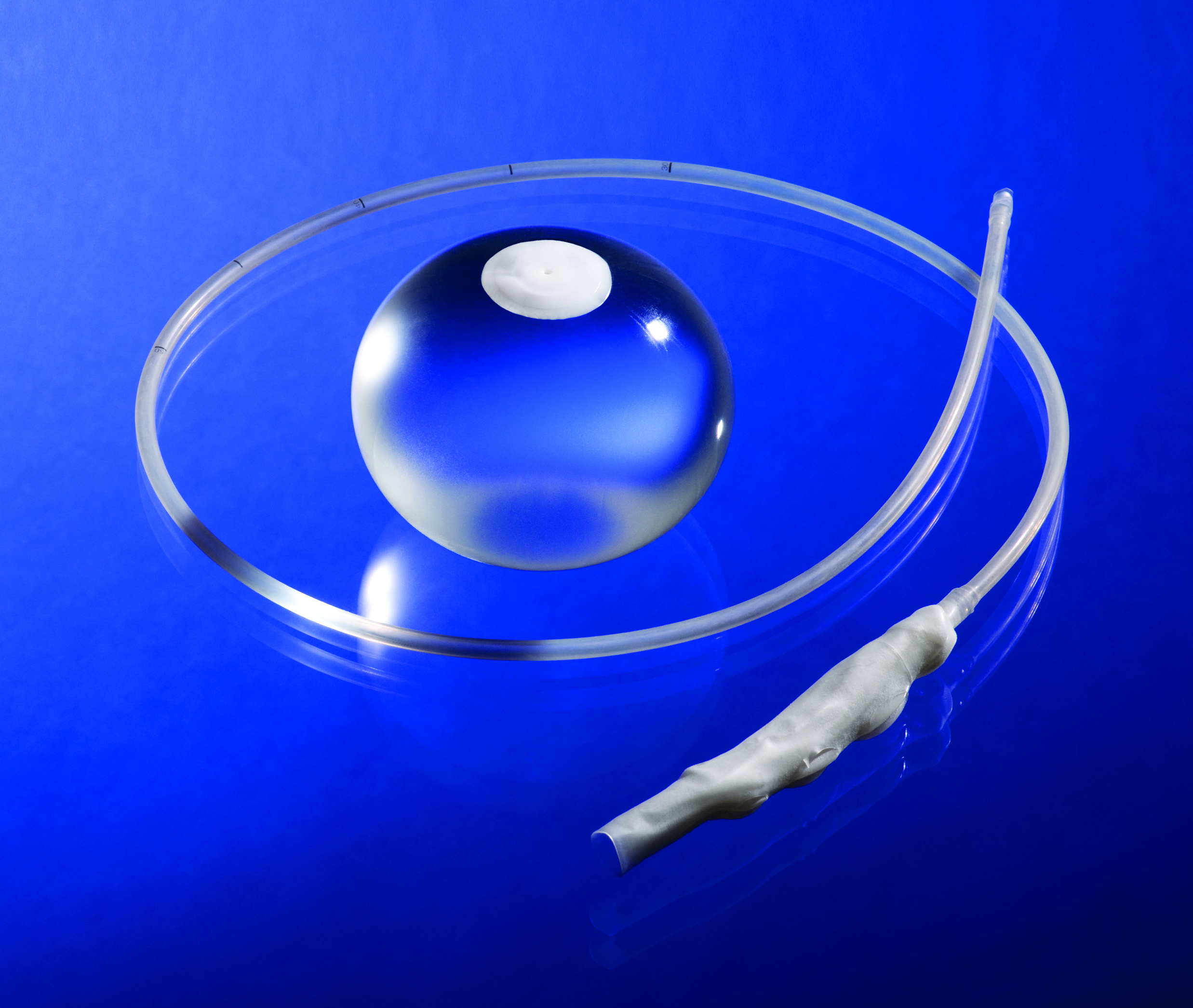 There’s a new weight loss device that is less invasive than surgery. A gastric balloon, also known as an intragastric balloon, is inserted into the patient under sedation, and can be finished in well under an hour.
There’s a new weight loss device that is less invasive than surgery. A gastric balloon, also known as an intragastric balloon, is inserted into the patient under sedation, and can be finished in well under an hour.
During this relatively minor procedure, a doctor inserts a soft balloon into the stomach through the patient’s mouth. The latest approach to gastric balloon is a major improvement over the early development and trials of this technology back in the 1980s. Once in the stomach, the balloon is filled with a saline solution, which helps the patient feel fuller by occupying space in the stomach.
It’s a quick procedure, with most patients being able to go home the same day. However, there may be a short adjustment period to get used to the balloon. Stomach cramping and nausea are common in the first few days after the procedure, but side effects and early removal are rare after the first week.
Our very own Dr. Emma Patterson took part in a 2012 study on gastric balloons. The study, which was published in Surgery for Obesity and Related Diseases, followed 30 patients for a year. A randomized selection of 21 patients underwent the ReShape dual balloon procedure, and nine were placed in the control group. Both were given similar diet and exercise counseling.
After 24 weeks, the balloons were removed. The mean excess weight loss by those who had the gastric balloons was 31.8 percent, while the control group’s was 18.3 percent. The treatment group kept 64 percent of their lost weight off at the 48 week point.
The study’s authors came to the conclusion that the “dual balloon proved easy to use, associated with a trend towards greater weight loss than a control group, and demonstrated a good safety profile.”
A single balloon option is offered with the Orbera balloon by Apollo. While it’s new to the U.S. market, the Orbera balloon has been around for more than 20 years, and has been used more than 220,000 times in over 80 countries.
In a multicenter, randomized comparative study, 155 obese patients with a BMI between 30 and 40 were split between a treatment group and a control group. After six months, the Orbera group saw a mean of 38.4 percent Excess Weight Loss (EWL), 3.1 times as much weight as the control group.
It’s important to note that the balloon procedure is temporary. The device is left in patients for six months, after which time it is removed. If significant weight is regained, the patient can always discuss having another balloon inserted at a later date.
The gastric balloon is for people who do not qualify for, or are not interested in, surgical solutions for their excess weight, but are looking for something beyond lifestyle changes. It is indicated for adults with a Body Mass Index (BMI) ≥ 30 and ≤ 40kg/m2.
Both the ReShape balloon and the Orbera balloon by Apollo were approved by the FDA this year.
You May Also Like